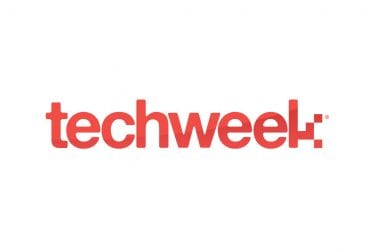Make no mistake about it: the rules for higher education are changing rapidly. The needs of today’s inbound college students have begun reflecting the times in which we live. Those needs have caused many educators and institutions of higher learning to re-evaluate some of the older paradigms.
Incorporating modern tools and technologies is fundamental if today’s educators want to reach and teach today’s college student efficiently. Here are just some of the ways millennials have changed (and continue to improve) the face of education, and how these changes will pave the way for this year’s fresh crop of Gen-Z first-year students.
Two Decades of Change
It is important to recognize that millennials have been shifting schooling/instructional paradigms for a while already. The oldest Millennials were born around 1980 and entered college at the same time when dot-com-everything started becoming common. Millennials began entering college almost twenty years ago already (around 1998). While it may be sobering to realize how long it has already been, it is essential to understand how far education has come in that amount of time.
The advent of the Internet paved the way for new approaches to everything from how students bought textbooks to how acceptable works cited the page on a term paper was organized. All of a sudden, it wasn’t about leafing through hundreds of pages to find a few facts and quotes. Go to the library, log on to Prodigy, AOL, or whatever online service contracted with your school and start there – in front of a screen. As time has passed, that screen has become even more integrated and has done so in some ways.
How Millennials Learn
Over time, the screens have gotten smaller, but have also become more powerful. Even the library has become a secondary resource for most students since every work one could conceivably cite in a term paper can be easily called up with a simple Google search.
Those screens have also altered the way people learn. Millennials are far more visual than even one generation before, owing to how much visual content they have consumed just as part of their educational experience. From smart boards to flat-screen TVs that replaced projectors, VCRs, and even DVDs, learning paradigms in the new millennium contain high percentages of both show and tell.
Modern Learning Tools
From the late 90s into the new millennium, it has become more and more common to have multimedia tools incorporated with standard textbooks. Today, where there used to be a CD-ROM, there is now merely a URL or QR code that allows students to instantly access all the same support materials using their phones and tablets as the critical means of obtaining that information.
Today, the primary textbook companies, professors, department heads, and even entire school campuses have adopted mobile solutions for nearly everything. From registering for classes to getting some much-needed college essay help when students get plainly stumped there is a service for that.
Work/Life Balance
Scheduling apps, campus bulletin board apps, even apps that allow students to schedule office hours with individual professors have become the norm. Technology has made it possible to organize every minute of a busy millennial college student’s day, including social time.
Modern college campuses rely on Internet and smartphones almost exclusively to convey information, and that has everything to do with how millennials think and communicate. As we welcome Generation Z students to our college campuses, that trend only stands to continue.
Bringing It All Together
While it is essential to observe how millennials manage the higher learning experience, we must also look into the future. What are the most important takeaways when steering the college experience in the direction of Generation Z?
If the last 20 years have taught us anything about the millennial mindset, it is this: technology is always going to be the driving force behind education going forward. How we use that technology will impact the kinds of people we send out into the real world.
This leaves educators (and higher learning institutions in general) responsible for observing how tech integrates with student life on all levels and using that knowledge to create the best possible learning and social experience for students that college life has to offer.




